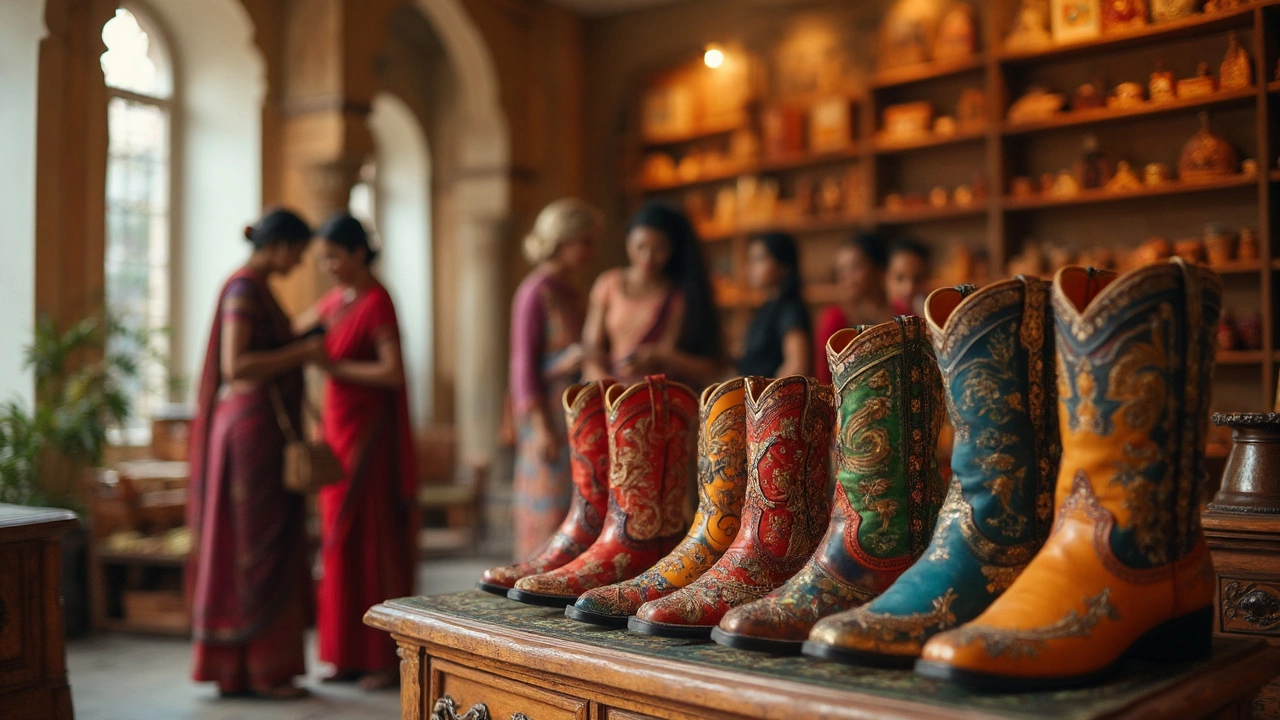Shoe Size Guide: Your Quick Route to the Perfect Fit
Ever bought shoes that felt too tight or slipped off after a few steps? It usually comes down to one thing – the size. Getting the right fit isn’t magic; it’s about measuring correctly, understanding brand differences, and knowing a few simple tricks. Below you’ll find everything you need to size your shoes right the first time.
How to Measure Your Feet at Home
Grab a piece of paper, a pencil, and a ruler. Stand on the paper with your weight evenly distributed. Trace the outline of each foot, then measure from the heel to the longest toe. Write down the longest measurement – that’s your foot length. Most size charts use this number in centimeters or inches.
Tip: Measure both feet. One foot is often a bit larger, and you’ll want the chart based on the bigger foot. If you’re between two sizes, always round up for comfort.
Reading Brand Size Charts
Every brand has its own chart, but they all start with your foot length. Look for the column that matches your measurement and note the corresponding size. European (EU), United Kingdom (UK), and United States (US) sizes differ, so pay attention to the region specified.
For example, a 25.5 cm foot might be a US 8 men’s, a UK 7, or an EU 41. Some brands add a “wide” or “narrow” option – use those if you know your foot’s width.
Don’t forget to check the brand’s return policy. If you’re unsure, ordering two sizes and trying them at home is a safe bet.
Common Sizing Mistakes and How to Avoid Them
Buying shoes on a discount without trying them first is tempting, but it often leads to sizing errors. Also, don’t rely on the size printed on the box – it could be a retailer’s generic size that doesn’t match the actual shoe.
Another pitfall is ignoring socks. If you wear thick socks for work boots, add a half size. For lightweight sneakers with thin socks, sticking with your exact measurement works best.
Lastly, give your shoes a quick walk around the house before committing. A snug heel and a little wiggle room at the toe are signs of a good fit.
Special Cases: Kids, Sports Shoes, and Orthopedic Footwear
Kids grow fast, so measure them every few months. Look for size charts that list age ranges as a guide, but always double‑check foot length.
Sports shoes often have sport‑specific fits. Running shoes need a thumb’s width of space at the front, while cycling shoes should hug the foot tightly.
If you need orthotic support, choose shoes with removable insoles and a roomy toe box. Some brands design models specifically for orthotics – they’ll save you a lot of hassle.
Getting your shoe size right saves time, money, and foot pain. Follow these steps, trust the charts, and you’ll walk out of the store confident that your shoes fit like they were made just for you.

Is Your Boot Size the Same as Your Shoe Size?

